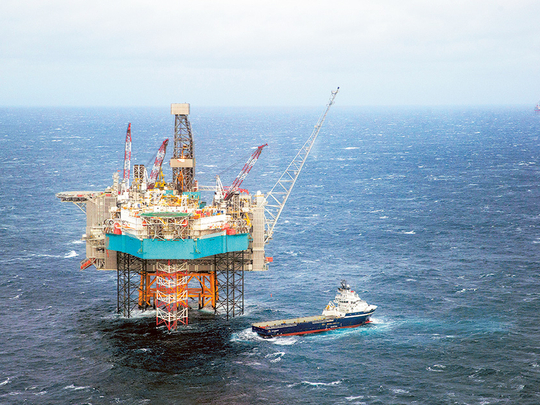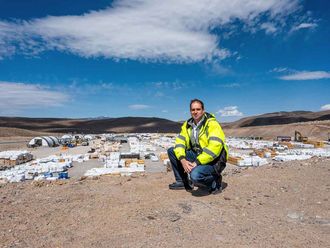
Oslo: The world’s biggest sovereign wealth fund, long a backstop for global equity markets, is looking into potentially trimming its $520 billion (Dh1.9 trillion) stock portfolio as it tries to buy more properties and even move into infrastructure.
Faced with withdrawals from the government and dwindling returns amid record low interest rates, the investor has so far been selling “lower yielding” bonds to fund real estate purchases. That could soon include selling stocks as well as the government gives the green light to increasing the share of so-called real assets.
The fund is working on a “new model” where funding of real estate “will be out of both bonds and equities,” Deputy Chief Executive Officer Trond Grande said in an interview on Wednesday in Oslo. The plan will be presented to the Finance Ministry in early October, which will then decide, he said.
Eager to expand into new asset classes such as infrastructure, the fund was in 2010 given the go-ahead to invest 5 per cent of its capital in real estate. So far, it has built a 221 billion-krone ($27 billion) property portfolio, representing about 3 per cent of its holdings. The government has given approval to boost that share to about 7 per cent and is also looking at allowing an allocation to infrastructure.
Overall, the fund returned to gains in the second quarter even as it warned low interest rates will put pressure on its ability to generate returns amid rising withdrawals from the government. The Government Pension Fund Global, as it’s formally called, gained 94 billion kroner, or 1.3 per cent, after losing 0.6 per cent in the first quarter. Its stock portfolio rose 0.7 per cent and its bond holdings gained 2.5 per cent.
The fixed-income investments delivered “gains due to falling interest rates,” Grande said. “In the long term, however, lower interest rates have negative implications for future returns on the fixed-income portfolio.”
Government withdrawals
The government is at the same time making its first ever withdrawals to cover budget holes caused by the plunge in crude prices over the past two years.
Government withdrawals from the fund totalled 24 billion kroner in the second quarter, up from 21 billion kroner in the first quarter. It’s estimated that 84 billion kroner will be taken out this year.
While inflows had typically been used to make strategy shifts at the fund, Grande said the new model they are working on isn’t a result of the drop in fresh cash.
This is driven by a work that happened last year, “whereby one evaluated how much real estate one should do if we were to do infrastructure investments, and if so, how should the model for measuring and managing this be,” he said. “What is happening is that this model is changing a little bit.”












